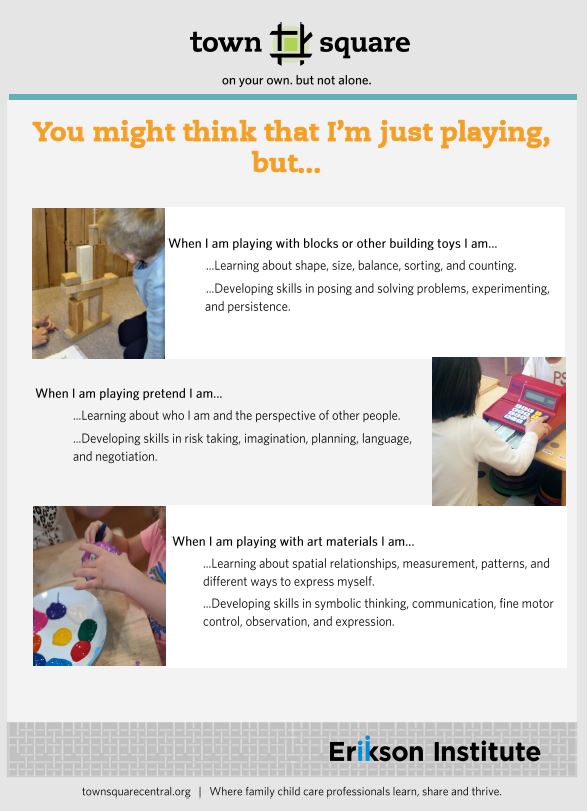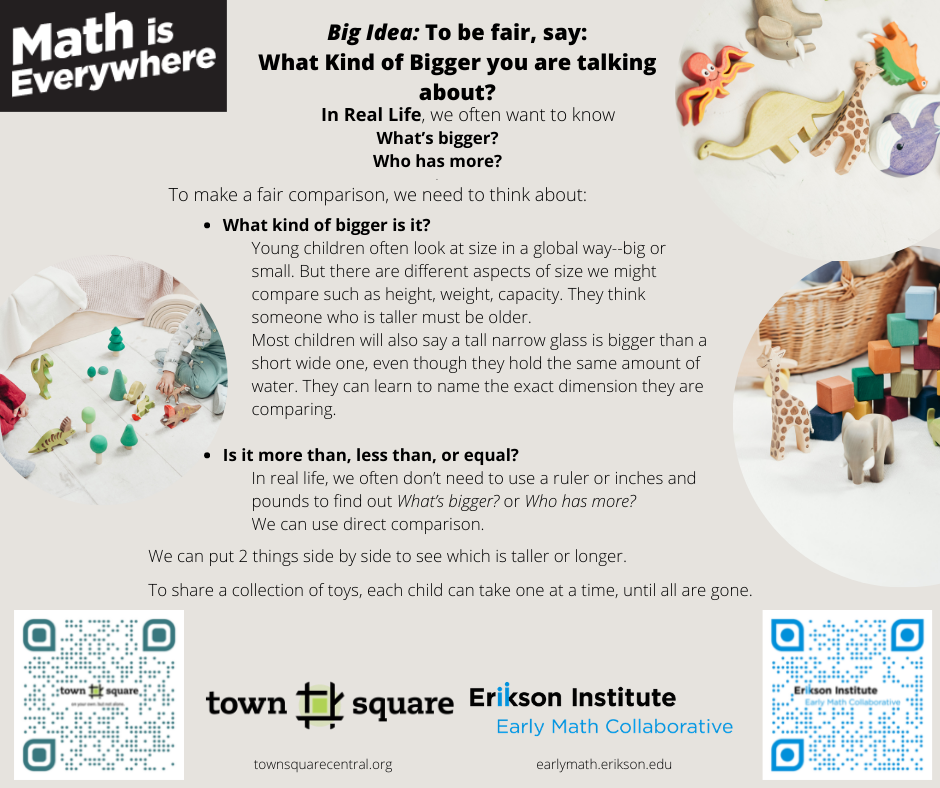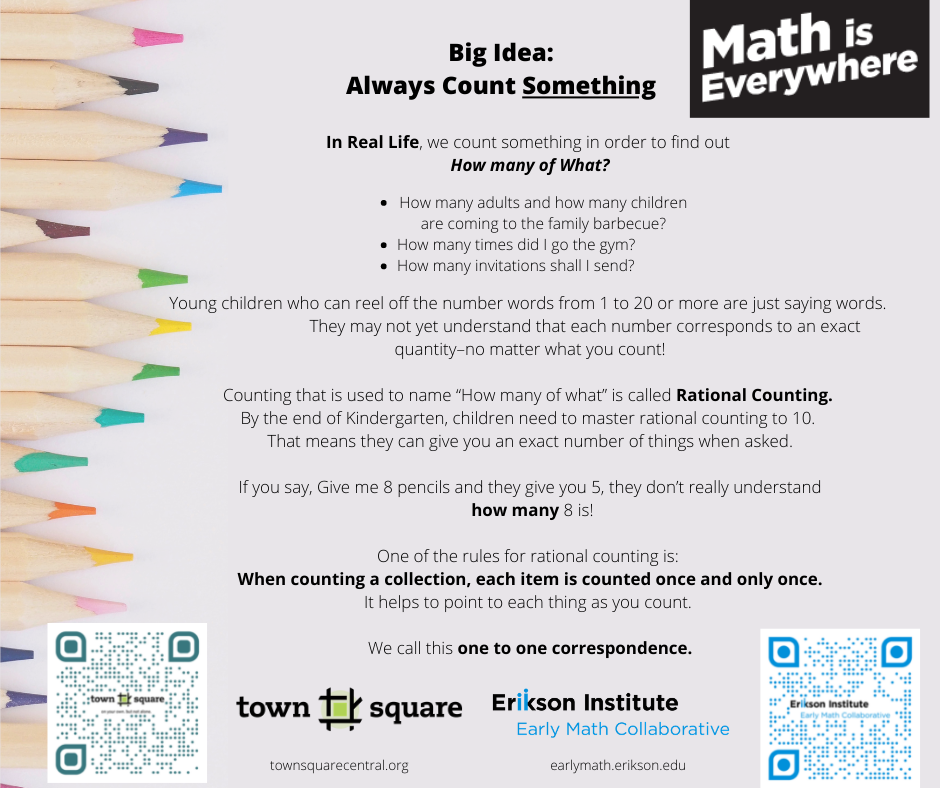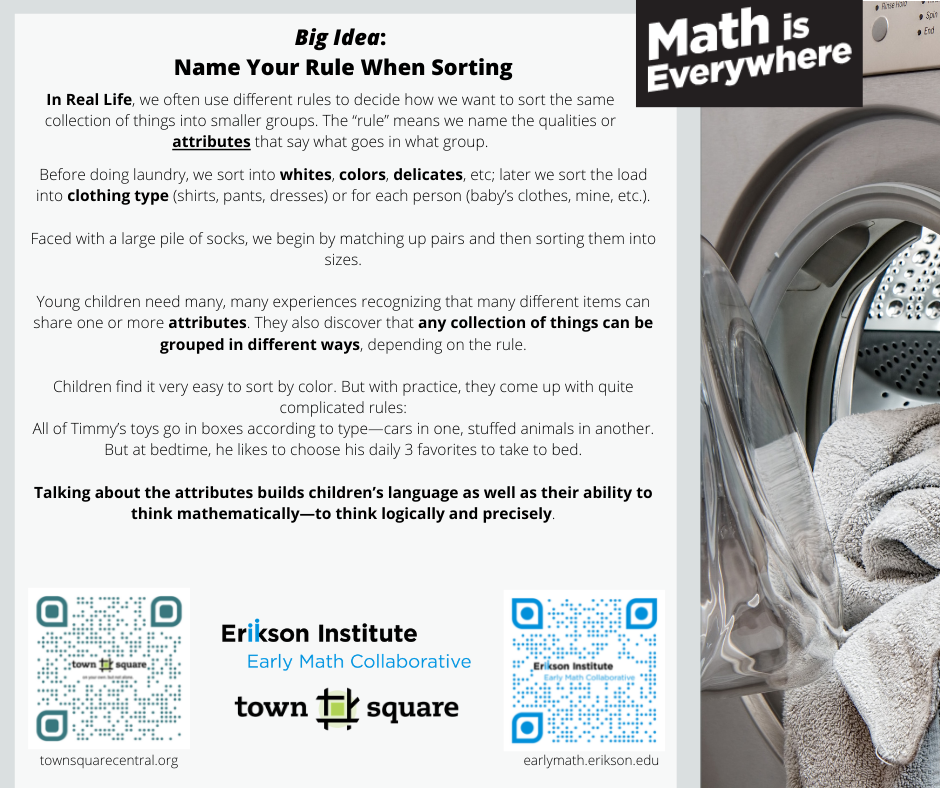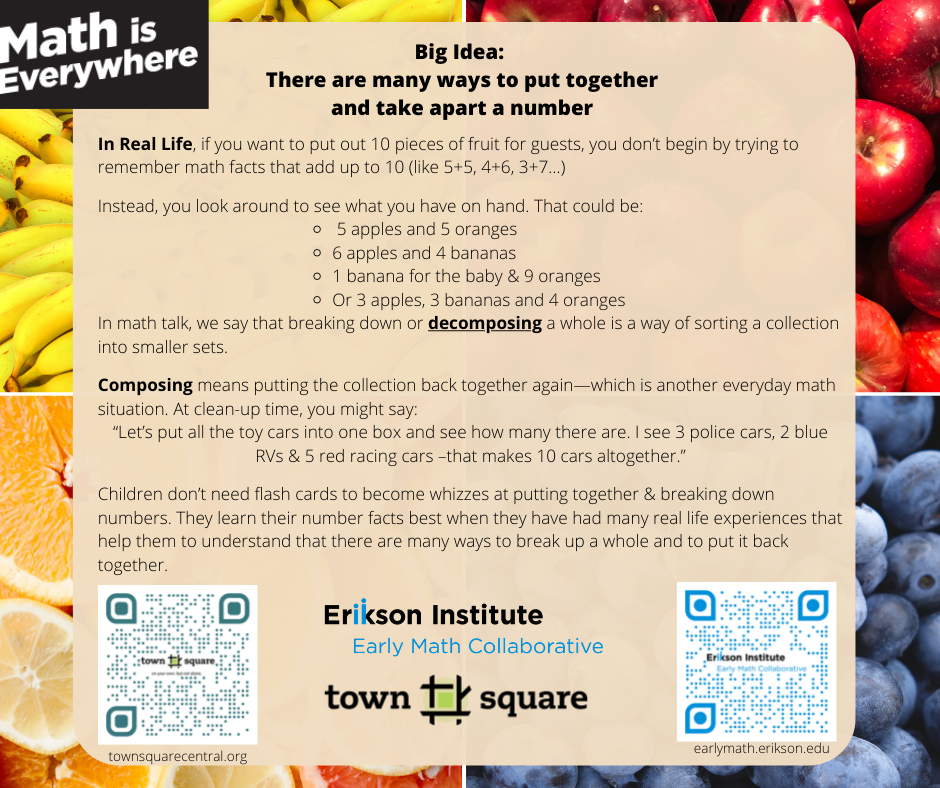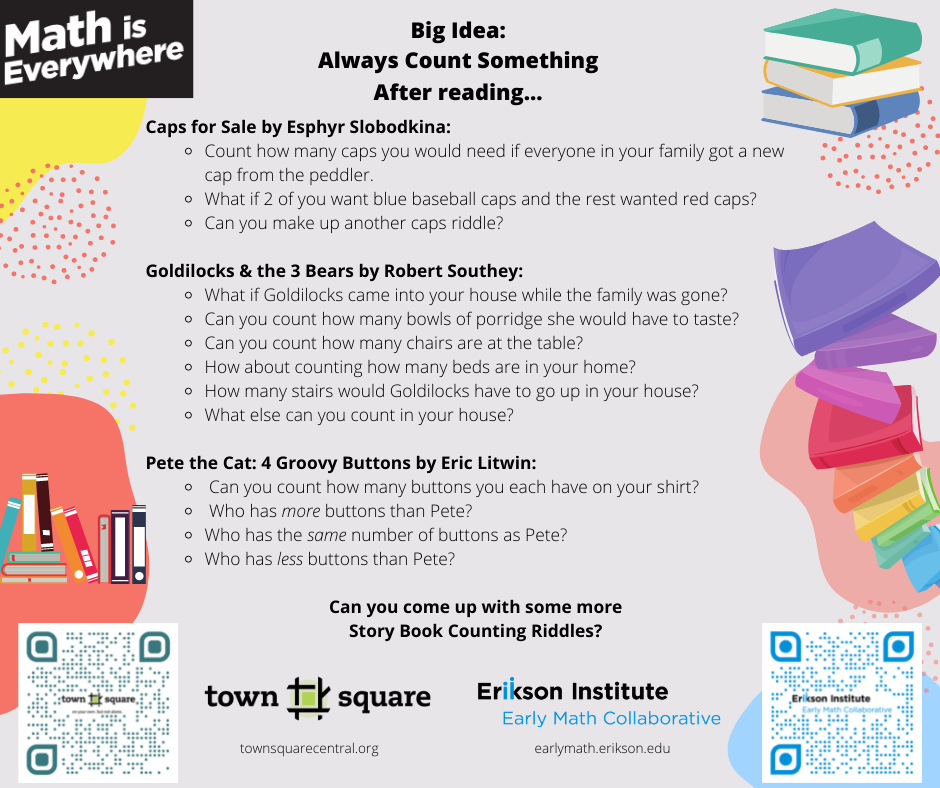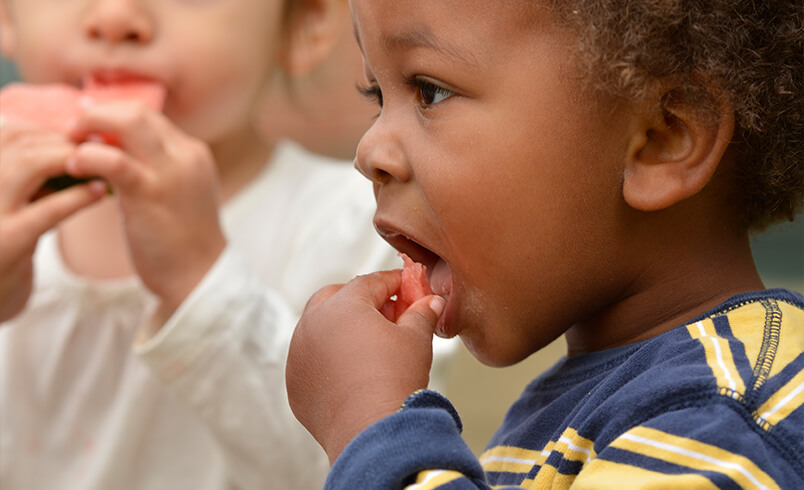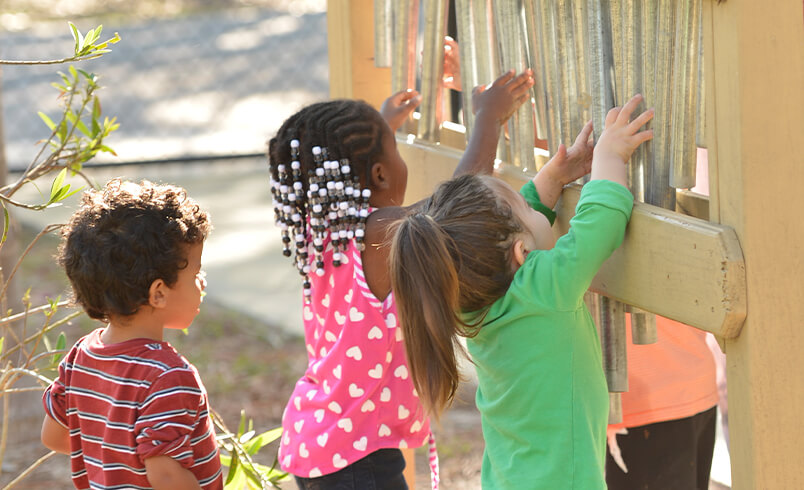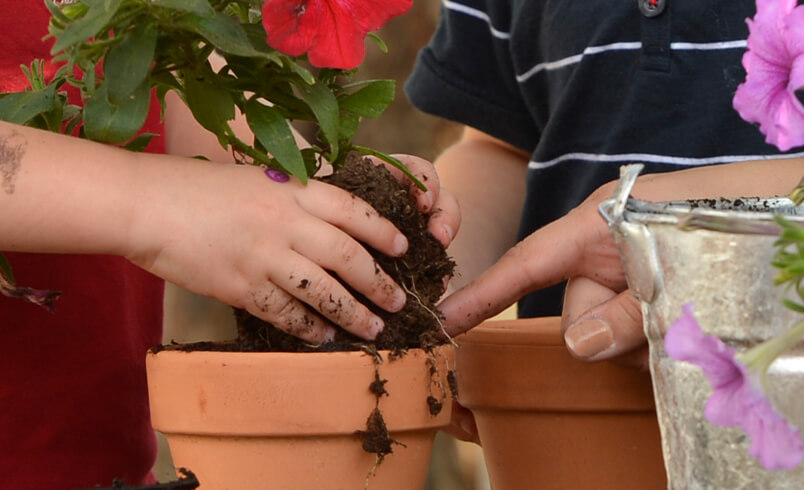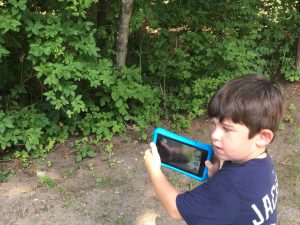It doesn’t happen often,but for the days that all of the children are resting at once, it’s worth making a professional development binder with articles and resources that you would like to spend time thinking about but are not urgent.
Your professional development binder can be used for you and your staff members as you find information that’s relevant. It may be worthwhile to also include some blank pages after each article to use for your or your staff reflection or communication.
Materials:
You don’t need much to get started, just access to a printer and a three-ring binder, and pencils or highlighters for your own notes. Alternatively, you can create a shared digital document using Google Drive (free!) or any other internet-enabled word processing software.
Be sure you’re getting staff buy-in by providing articles on topics they’ve expressed interest in and invite them to add resources as well.
Of course, Town Square articles are here to support you, but here are some more great resources:
Playvolution HQ | Creating & Curating Early Learning Resources
Everyday Education – National CACFP Sponsors Association (resources for food allergies, nutrition and safety!)
Be a critical consumer:
When you read, ask yourself the following questions:
- What do I agree with?
- What doesn’t sit right with me?
- How is this similar to what I’m already doing?
- How is this different from what I’m already doing?
- How can I apply this to a specific child?
- Would this be a good resource to share with families?
While there are many places to buy curriculum for early childhood programs, the most beneficial learning experiences for children are planned by the people who know them and their abilities and interests.
Starting with children’s interests, and then seeing the skills that can be developed within those interests, is at the heart of a lesson plan. If the most popular toys among the children is the train set, how can that expand through activities that will support their learning and development across domains?
Counting the trains out loud and comparing the length of two or more trains will introduce children to foundational math skills of comparison and number sense.
Adding books about trains to your library and finding some train songs (or adding trains to songs they already know– “The Wheels on the Train”, anyone?) will expose children to new vocabulary and give them opportunities to deepen their understanding of what a train is. Don’t limit yourself to fiction, either– many young children are absolutely fascinated by books with real pictures that explain how the mechanics work.
Painting with train wheels can be a thrill for young children! Running the trains through paint and over paper allows them to see how a wheel moves and understand the cause and effect of paint drying out and no longer transferring to paper, then refreshing the paint and painting smooth lines again.
Of course, trains are only one common interest young children have. These same principles apply, whether they’re exploring spiders, puppets, or mermaids. Noticing what children are learning and using academic skills as the tools that they are to help advance childrens’ ideas and understanding will prepare them to use these skills as they grow.
Academic skills are tools that we want children to have and be able to use. Just like a quizzing a child on how to use a hammer, offering worksheets, and reading books won’t teach that child how to use a hammer, teaching academic skills without opportunities to hold, manipulate, and experiment with them won’t offer children competence and expertise.
Reflection Questions
What common interests are you seeing in the children you work with? What themes are recurring?
What resources can you use to determine the academic skills children can acquire through their play and through interactions with adults?
Play is vital for children; through play, children can develop, explore, and practice new skills. This Town square created a resource aids in developing a better understanding of the skills and learning involved in children’s play.
You might think that I’m just playing, but…
Town Square and Erikson Institute’s Early Math Collaborative present you with a great tool to use in helping communicate with families the Big Idea of early math. These bookmarks and graphics provide families with at-home activities, games, and book ideas connected to math concepts such as number sense, measurement, and patterns!
To share with families, print the PDF bookmarks or save the images and attach them to your newsletter, email, or social media post.
Bookmarks
How will they be ready for kindergarten if they just spend their days outdoors playing?”
As educators we are often asked about kindergarten readiness by nervous parents, looking to give their children the best in an early childhood program. It is important that parents understand the vast amount of learning that is available when children are connected to nature. Young children learn primarily through their senses. The natural world, with its constantly changing and stimulating elements, provides the ultimate sensory learning environment.
Nature provides the ultimate sensory learning experiences.
When children use their senses as they explore their world through sensory play, they are actively building nerve connections in the brain’s pathways, which is crucial to brain development. And, when we slow down, we can also see all the learning and social skills that are being developed through play in nature.
The warm spring sun shines down on Elizabeth as she buries her nose in the fresh dandelions that surround her. James our sky watching investigator, points out the moving clouds and the moon that is visible this morning. Suddenly a flock of honking geese flies overhead, which instigates a group of children to run honking around the play yard flapping their arms.
Creating environments that give our youngest learners the time, space, and opportunities to explore and investigate will provide meaningful learning experiences. We can create engaging and wonder-filled environments that promote learning through all eight of their senses—auditory, gustatory, visual, olfactory, tactile, vestibular, proprioception, and interoception.
Auditory
“Listen! I hear a woodpecker!” calls Hudson, and the outdoor classroom quickly becomes calm as the children try to follow the sound of the pecking.
When children listen for and locate sounds in nature, it helps them understand that space is three dimensional. Birds call from high in the trees, the buzzing and humming of insects near plants on the ground attracts the attention of infants on their tummies. The children in our program often hear the horns of trains from across town or the steeple chimes from the college nearby, barking dogs in the neighborhood or the elementary students at recess down the block. These sounds force our children to slow down and follow the direction from which they came. By including bells, chimes, and your classroom musical instruments; you can add to the variety of sounds in your outdoor play space.
Gustatory
“We’re having a picnic!” shouts three year old Evelyn.
Food always tastes better outside. Eating outside strips away distractions and connects us to the flavors, the juiciness, and the aromas of our food and to nature. Sharing time outdoors with food also creates a sense of community between teachers and friends. There is something special about eating outdoors, even the exact same lunch. There is no rush, there are more stories, and more laughing. We spend longer periods of time around the table when we eat our meals outdoors. It’s magical. If lunch is an obstacle, start with a snack. If you don’t have a table, a good old fashion tablecloth or blanket on the ground will suffice.
Connect taste with nature by growing edibles from seeds or seedlings. Talk with your children about all the parts of a plant as you plant, nurture, harvest, and eat from your own garden. We started do a lot of container gardening once we realized our sunshine in the summer was different than when we planted it in the spring. This also gives you a chance to send your plants home over breaks if necessary. When our strawberry plants didn’t provide quite as many strawberries as we had hoped, strawberries from our local farmers market “may” have been added to the pickings on Strawberry Day. The same thing happened with our pumpkin patch, one year! We always want these to be enjoyable, successful adventures where everyone can join in the gathering.
Visual
I look over and notice our usually busy, James lying still on his tummy. A closer look, I see him watching a trail of ants carrying food.
Children who spend time outside in nature are less likely to suffer from myopia (nearsightedness) than their peers who spend more time looking at screens. Nature calls on us to look carefully and to focus at different distances. By providing magnifying glasses for close-up examination of bugs and leaves, children slow down and take observation much more seriously. Binoculars will bring faraway objects close, and kaleidoscopes and fish-eye lenses fuel a sense of wonder. By adding visually stimulating motion and color, with the use of banners, parachutes, and flags that flap and billow in the wind, we can capture the attention of little eyes to focus on wind patterns.
Olfactory
Two year old Eleanor is busy cooking up mint soup for the birds and squirrels. Always our concoction driven chef, Eleanor, is quick to make use of different plants to create the colors and smells she is sure will arouse the creatures of the neighborhood.
By incorporating plants whose blooms have distinctive, pleasing scents, we create places of beauty and wonder. Place gardenia and viburnum at key spots along pathways, jasmine near the front door, and lilacs outside of windows. We have herb gardens at our entrances that children and parents are invited to pick anytime. Catching a whiff of basil from a young friend is not at all unusual during our summer months! Include native plants that have unique qualities in fragrance, color, and texture. Check with your local city for possible rain garden grants that may help you finance pollinator or native plant gardens for young children. Our program was able to create a dry creek rain garden area, full of pollinating, native plants that brought butterflies and hummingbirds to our play space. Many cities are giving away rain barrels which will give you access to water for plants and water play.
Tactile
“Come feel how soft this flower is!” invites three year old Evelyn to her friends nearby.
Our skin is the largest organ of our bodies, making touch a vital source of stimulation. Tactile engagement is crucial, especially for babies. Connecting with plants and soil can begin early. Babies soak up sensory experiences in and near the garden. Hands and bare feet need to experience different characteristics and temperatures. Nature is rich in texture and tactile variety— bark on trees and shrubs can be rough, smooth, bumpy or thorny. Leaves can be sticky, fuzzy, delicate, or veiny. Stones can be smooth, round or jagged. Providing our young learners with these spellbinding opportunities, creates strong nerve connections that are hard to duplicate indoors.
Vestibular
“Watch me fly! I am a superhero!” Three year old James is pushing off with his feet and swinging high on his belly.
The vestibular sense, based in the inner ear, is related to balance. A well-developed vestibular sense helps us to understand where our body is in space. We are huge proponents of swings and belly swinging. Children with a poorly functioning vestibular sense may consistently run into things, trip a lot, and frequently fall. Experiences that develop the vestibular sense include swinging, swaying, bouncing, rocking, and rolling. The vestibular system helps with spatial awareness, attention, visual skills such as reading and writing, and emotional regulation. By including bench swings, hammocks, rope swings, tire swings, and baby swings, you will be strengthening the vestibular sense that makes paying attention and sitting still for short periods of time a possibility for our busy young friends.
Proprioception
The sense of proprioception informs us of our body’s position in space. The receptors for this system are found in our muscles and joints and they send information to our brain about where our body is and how much force we are using. This is the sense we need to understand how to gently hold a friend’s hand, play tag without tagging too hard, pet an animal, or make a light or dark mark on the paper. When children use their muscles and the force of their bodies to push, dig, roll or lift heavy things, they become aware of their own bodies’ capabilities.
“Benjamin pushed me down!” a sobbing four-year-old, reports as tears run down her cheeks. I look over to see four-year-old Benjamin crying just as hard, if not harder.
Proprioception is important in building body awareness and achieving motor milestones. This is why tummy time is so very important for infants. Shoveling in the sandbox, moving stones to make a fort, or carrying buckets of water will all benefit our children. When we use our muscles it creates strength, and resistance is put on those proprioceptive receptors in the joints and muscles.
Introception
“I am so thirsty!” exclaims five year old, Lauren, as she rushes to the pitcher of water to fill a cup.
Just as there are receptors in your muscles and joints that make up our proprioceptive system, there are also receptors inside your organs, including your skin. These neurons send information about the inside of your body to your brain. Are you hungry, thirsty, hot, or cold? Do you need to use the bathroom? Is your heart racing or at a normal pace? The calmness in outdoors may help children recognize these signals and learn to listen to their bodies. We encourage our young learners to slow down and listen to their bodies.
In a natural environment, sensory learning happens naturally.
Outdoors is the perfect environment to observe and understand the senses that make up our young learners. By taking a minute to look at your outdoor environment and assess what it offers, you can address the changes that might be beneficial—even if it’s planting some herbs, adding a chime, or providing binoculars. Let’s celebrate and embrace the power of outdoor learning for young minds by designing simple, wonder-filled gardens of opportunities.
Article courtesy of Community Playthings
Town Square Research to Practice Statements offer information from theory and research with examples and suggestions for what it means in your work with children. This series of position statements includes topics such as the benefits of a home-like environment, the power of open-ended materials, and the benefits of incorporating the arts.
Town Square Research to Practice: The Benefits of a Home-Like Environment
Town Square offers professional development through webinars and modules that count for Gateways clock hours. Some even count for the FCC credential and toward ExceleRate. If you want to learn more about child development for the family child care provider you can check out our Child Development Webinar on the Grow Page.
Town Square Research to Practice Statements offer information from theory and research with examples and suggestions for what it means in your work with children. This series of position statements includes topics such as the benefits of a home-like environment, the power of open-ended materials, and the benefits of incorporating the arts.
Town Square Research to Practice: Using Technology as a Tool to Support Learning and Development

